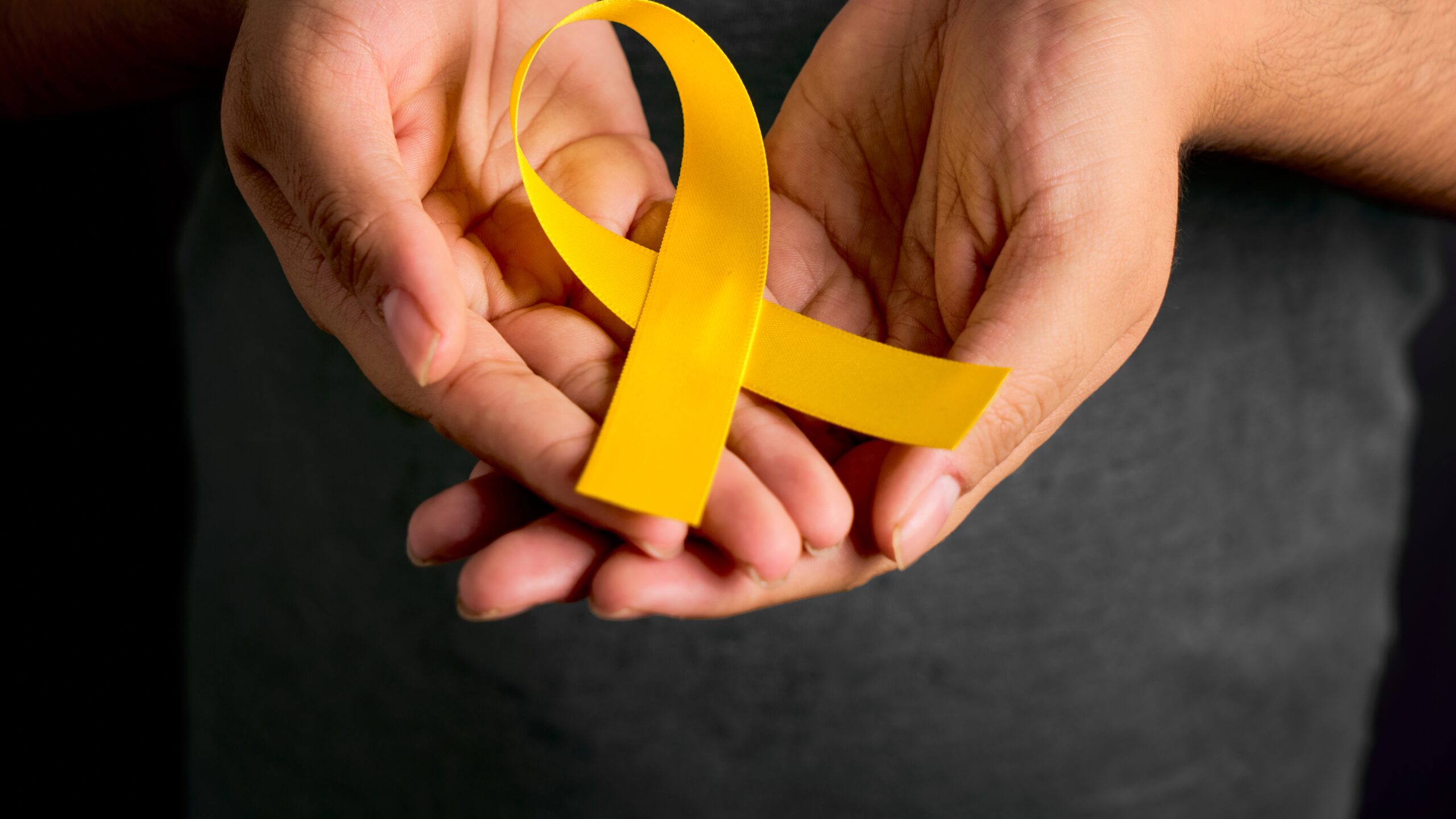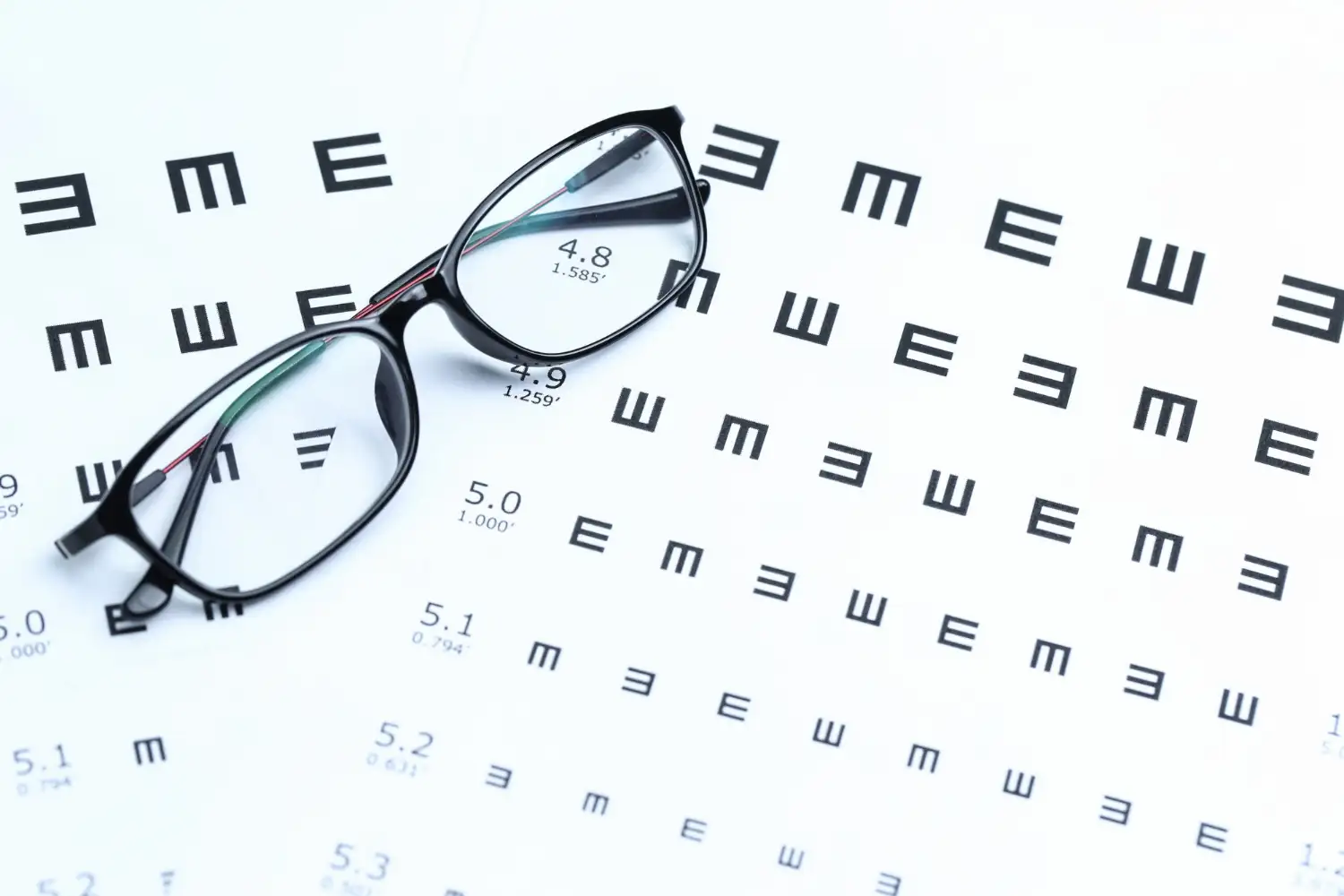The Impact of Physical Health on Mental Clarity
National Alzheimer’s and Brain Awareness Month
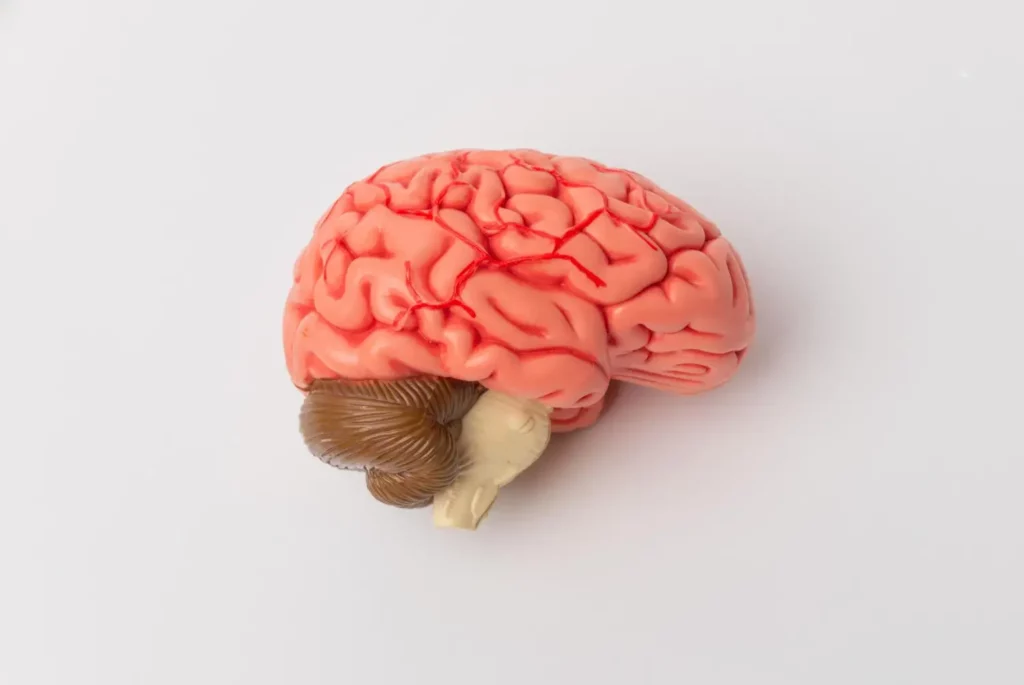
June is National Alzheimer’s and Brain Awareness Month—a time to shine a light not only on Alzheimer’s disease and dementia, but also on how we can protect our brain health every day. One of the most powerful tools we have? Movement. If you want your brain to remember, remember—you’ve got to “move it, move it.”
As we age, it’s normal for some cognitive functions to slow down. The structure of the brain actually changes over time. But the news isn’t all bad—some functions, like attention and decision-making, can actually improve with age. And here’s the kicker: regular physical activity helps slow cognitive decline, reduces anxiety and depression, and improves memory.
Movement Is Declining— But YOU don’t have to

With the rise of online shopping, remote work, and screen-based entertainment—especially since the pandemic—modern life has made it easier than ever to stay put. From comfy couches to convenient transport, our daily movement has taken a serious hit.The World Health Organization (WHO) reports that 31% of adults and 80% of adolescents don’t get enough physical activity. Their global guidelines remind us: any amount of physical activity is better than none. Movement counts at every age and ability level.
Your Brain and Body: The Ultimate Tag Team
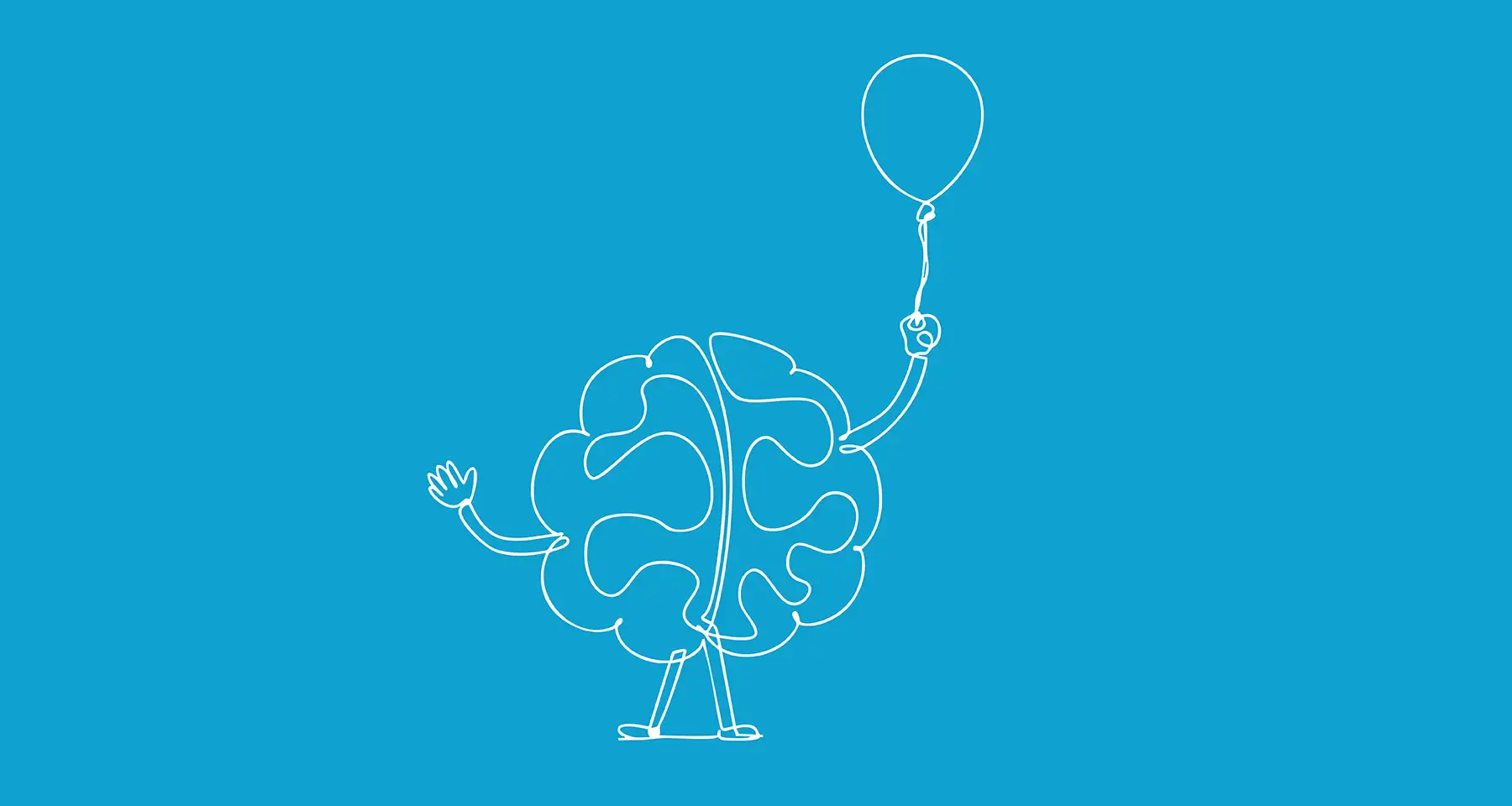
Your brain and body are constantly in conversation—sending signals back and forth through nerves, hormones, and immune responses. Physical sensations like pain and temperature inform the brain, while hormones like serotonin and cortisol influence mood, digestion, and energy levels.
Exercise increases blood flow to the brain, reduces inflammation, and boosts the release of brain-friendly chemicals like Dopamine (“your brain’s reward messenger—motivation and mini high-fives”) and Endorphins (“natural painkillers and mood-boosters—like a feel-good fog”). A moving body sends strong, positive messages to the brain, helping it stay sharp, balanced, and resilient.
Even the immune system joins in—sending chemical signals that influence how the brain functions and feels. When you move, you’re supporting a whole-body system that helps you age well, think clearly, and feel better.
The Brain Loves Blood Flow
Movement enhances circulation—and that’s key to brain health. Regular activity improves function in the hippocampus, the brain’s memory center, and helps reduce the risk of cognitive decline, including Alzheimer’s disease.
If you’re wondering how to start adding movement into your routine, the answer is simple: start where you are. Here are a few ways to ease into more activity and support your brain:
NEAT (Non-Exercise Activity Thermogenesis)

NEAT includes all physical activity that isn’t part of a structured workout. It’s the walking, cleaning, stretching, and fidgeting you do throughout the day. It can burn a surprising number of calories and boost your energy.
- Fidget! Tapping fingers, bouncing legs, twirling a pen—it all counts
- Move around! Walk while watching TV or Walk to the store with a friend
- Clean That Closet! Clearing out clutter gets you moving and gives your brain a boost of dopamine. It’s a win-win: cleaner space, sharper mind.
Bodyweight Exercises
No gym needed! Use your body to build strength and coordination.
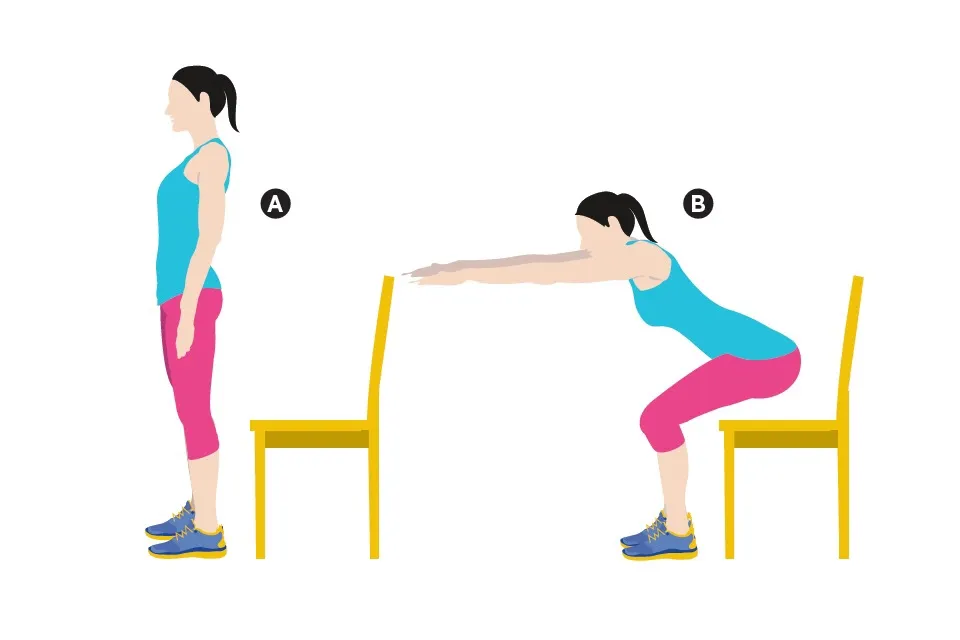
Chair Squats
Stand in front of a chair, lower until your butt touches it, then rise back up. Keep feet shoulder-width apart.
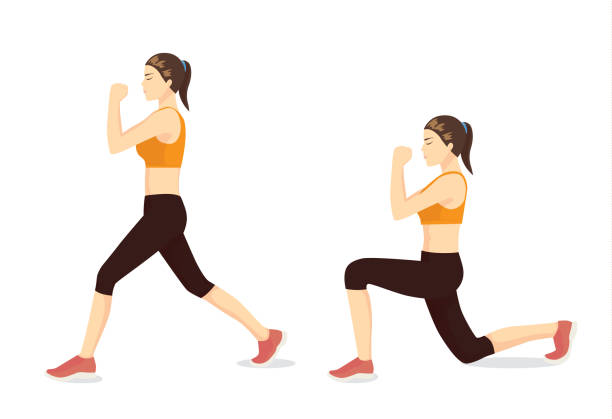
Lunges
Step forward and lower your body until your front knee is bent at 90 degrees. Hold a wall or table for support.
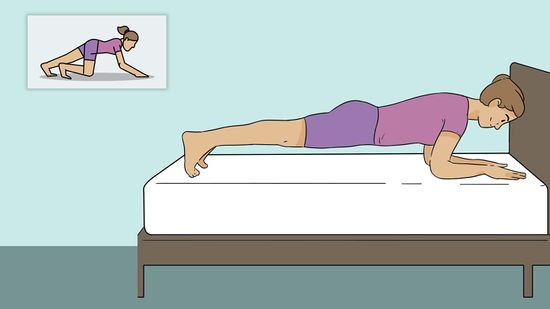
Bed Planks
Start by placing elbows on the bed and stepping back into a plank. Progress to wall or floor planks as you gain strength.
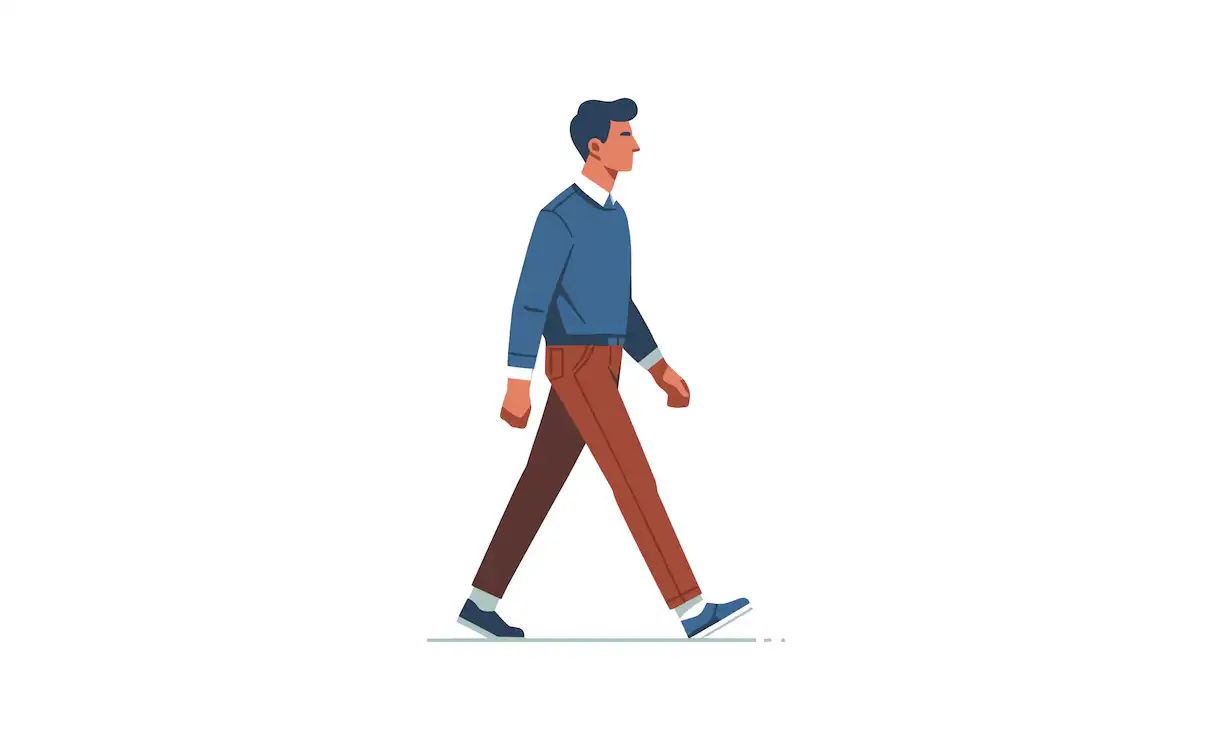
Walking
Walk around the house for 30 minutes or take a 10-minute stroll after meals.
Try Something Fun
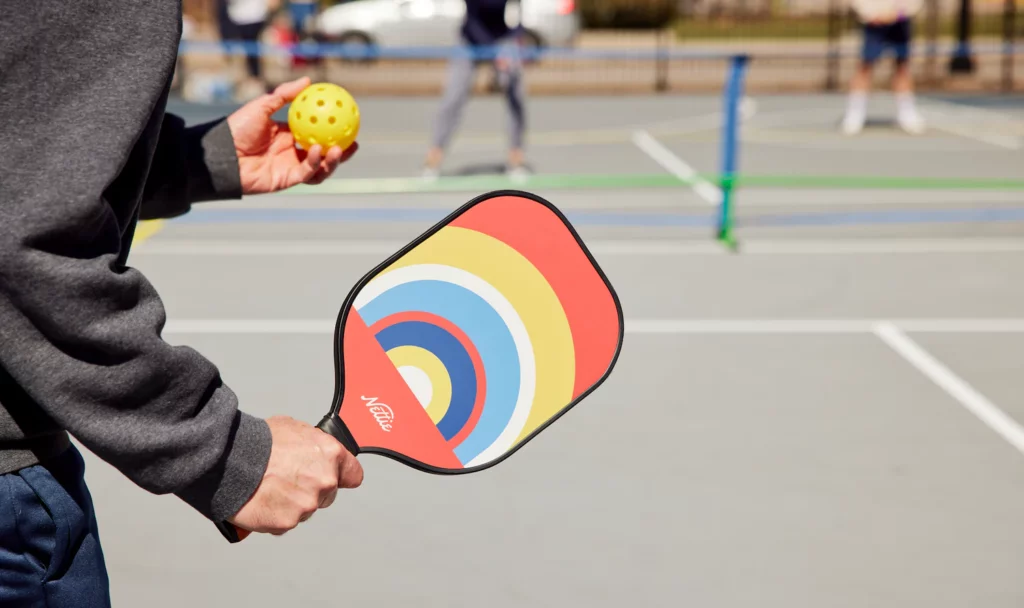
Not into traditional workouts? No problem. These unconventional options also support brain health:
- Pickleball – Read all about Pickleball ! A fun mash-up of tennis and ping-pong that gets you moving, laughing, and loving exercise—no sweat required!
- Tai Chi – This ancient Chinese martial art is known for slow, flowing movements to help improve balance and coordination
- Dancing – Boosts heart health and happiness; just turn on your favorite song!
- Yoga – Gentle, mindful movement for both body and mind from India.Helps with keeping our bodies flexible, strong and balanced. Want to learn more about Mindfulness? Meae Care has you covered?
- Swimming – A low-impact workout that exercises the whole body
Bring in the Weights
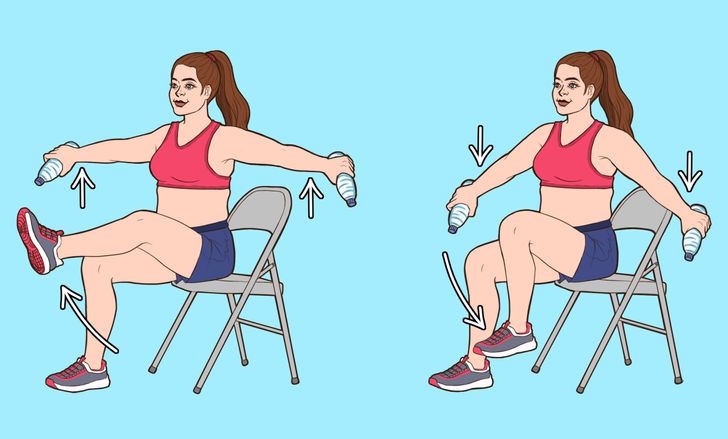
Light weight training increases brain blood flow while keeping muscles and bones strong. It also boosts balance, coordination, and independence.
- Start with light hand weights (or water bottles!)
- Do arm curls, leg lifts, or shoulder presses
- Keep reps low and form strong
Weight training is also great for sleep and mood—two key pieces of brain health.
Healthy Body, Healthy Brain
Physical activity is one of the best ways to support your mind. It improves memory, lowers stress, and keeps your brain resilient and flexible. People who move more tend to sleep better, think more clearly, and have a lower risk of Alzheimer’s and dementia.
The best part? You don’t have to be perfect. Just move. A little more today than yesterday. Whether it’s a walk around the block, a kitchen dance party, or stretching while brushing your teeth—your brain will thank you.
Move your body. Protect your brain. Feel the difference.

